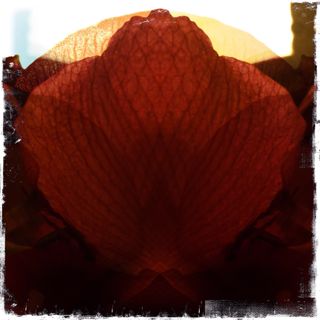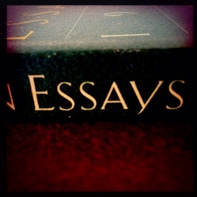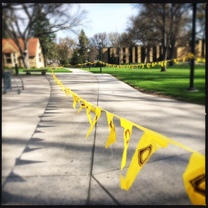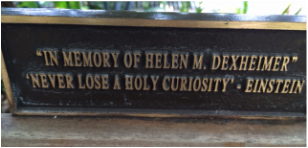|
Fall is a great time to love nonfiction. Spring may be a time of rebirth for the natural world, summer a time to catch up on writing and research that wasn’t possible during the academic year, but fall is the best time of year for nonfiction. There’s always the cozy feeling of reading as light falls and days grow short, but classes started up at many institutions this week (including mine), from first-year writing courses to graduate creative writing. October also means that the annual Best American Essays anthology is released. For myself, as thrilling as the reprints are, the first thing I do when mine arrives is to flip to the Notables, uncap my highlighter, and highlight friends and writers I admire and magazines I love.
|



